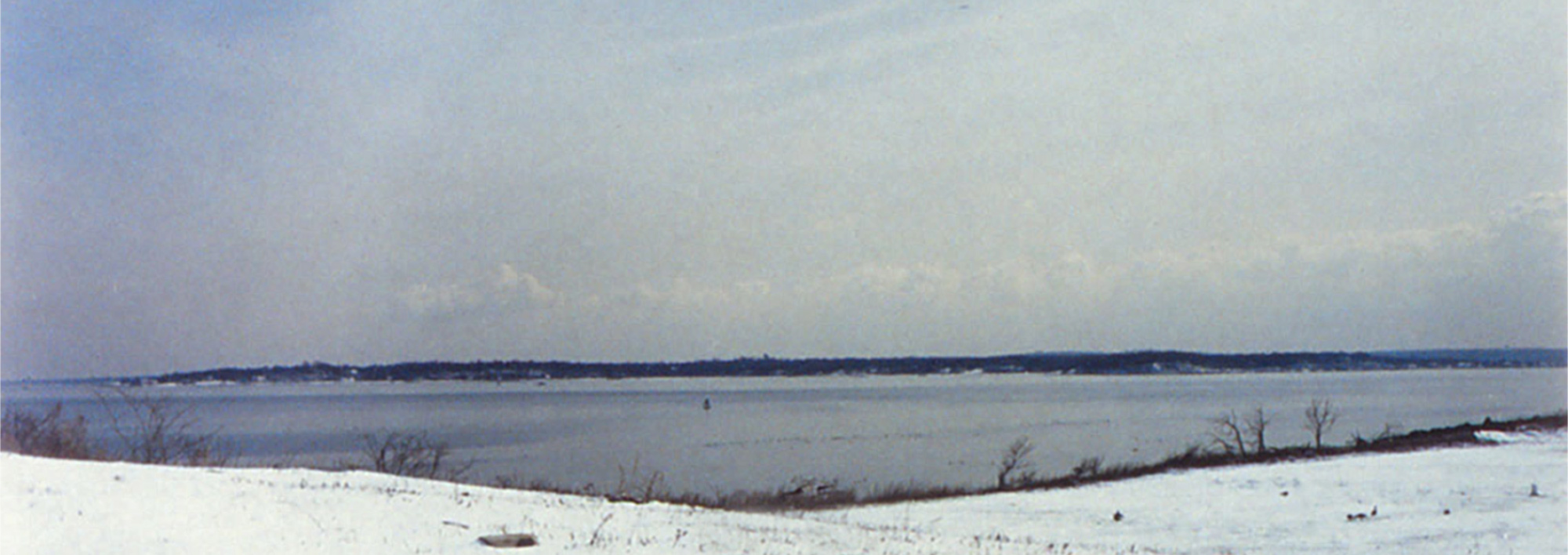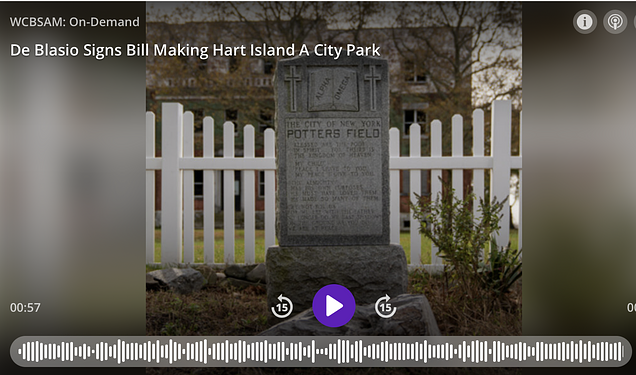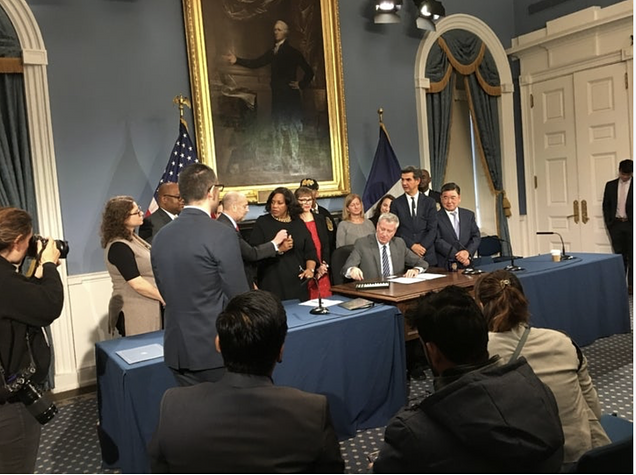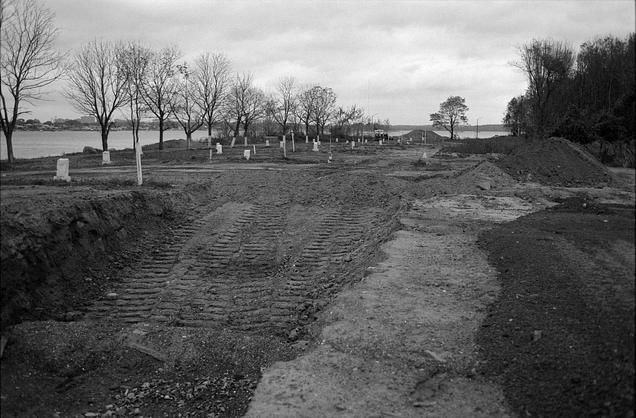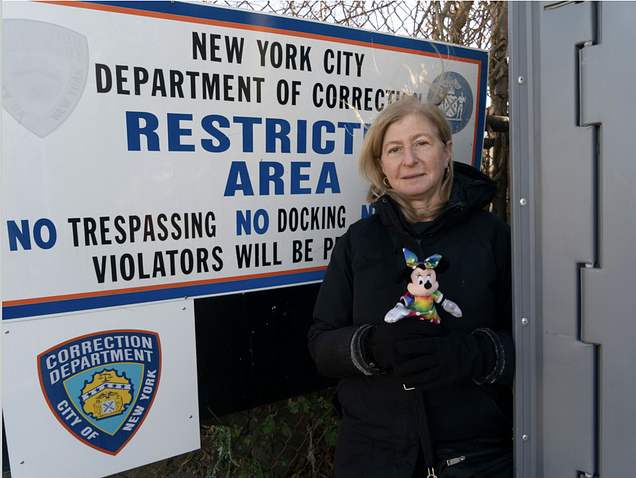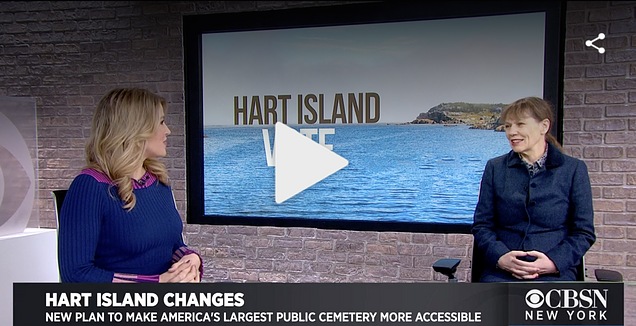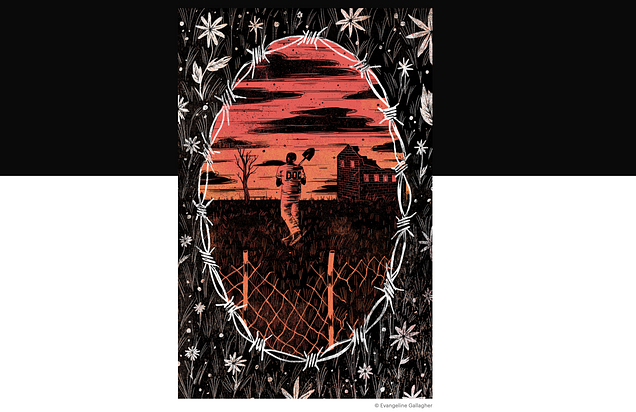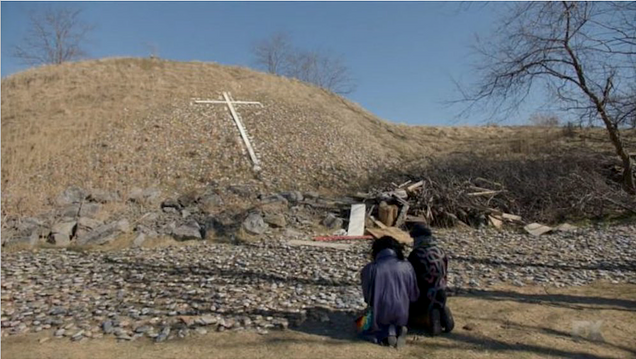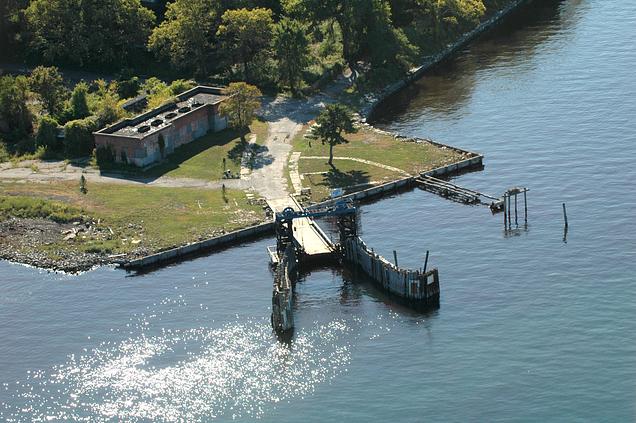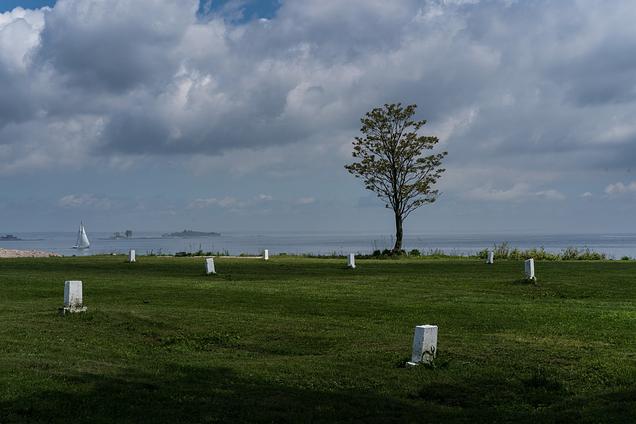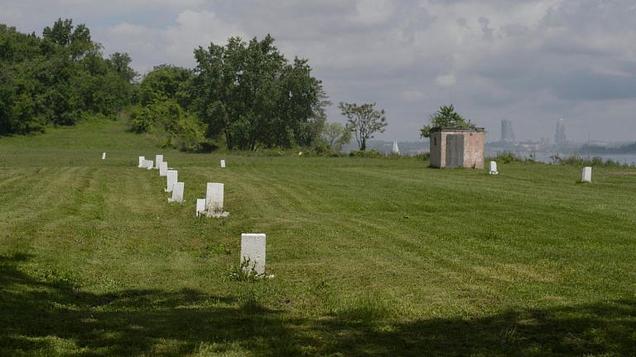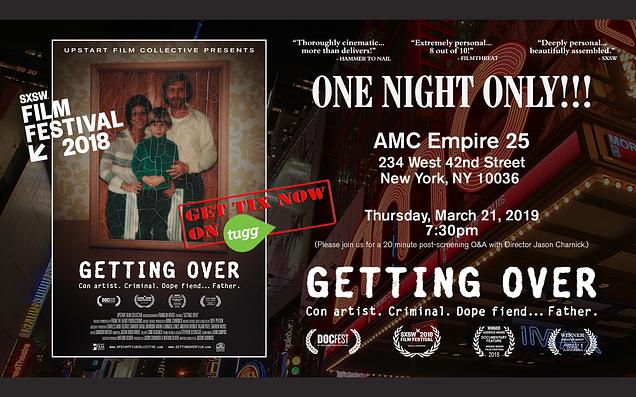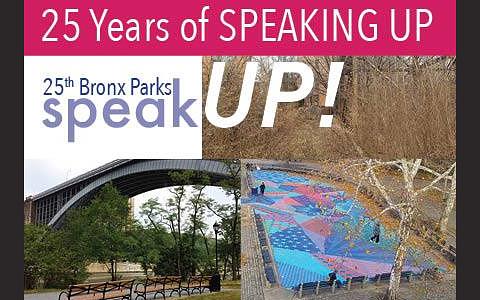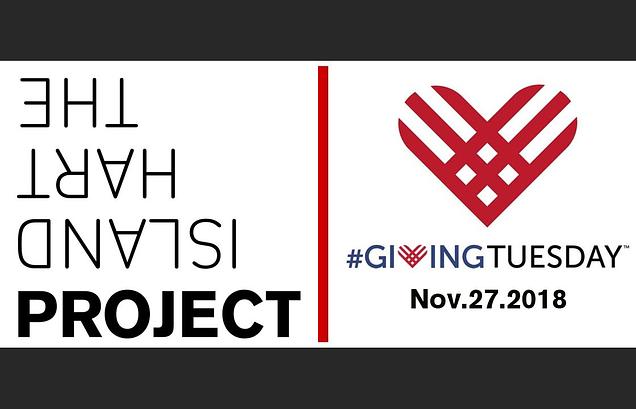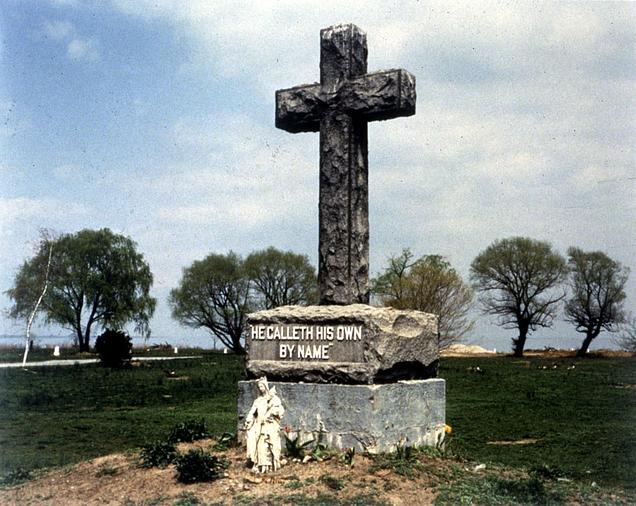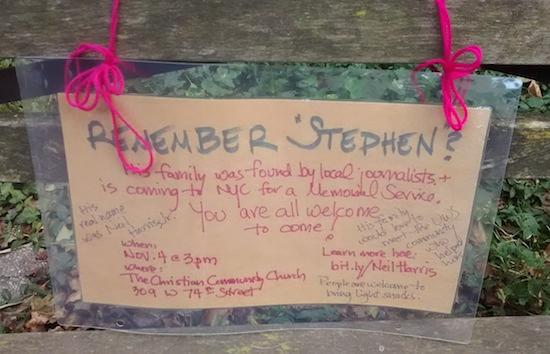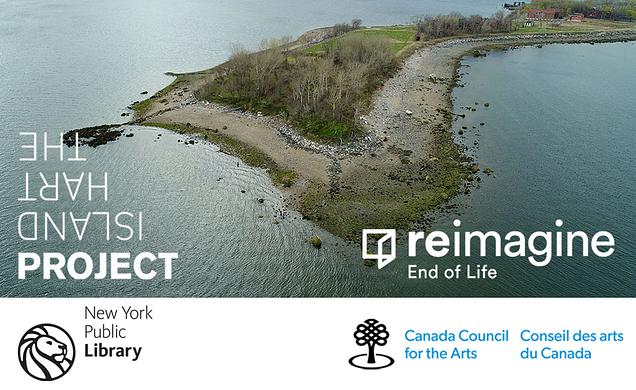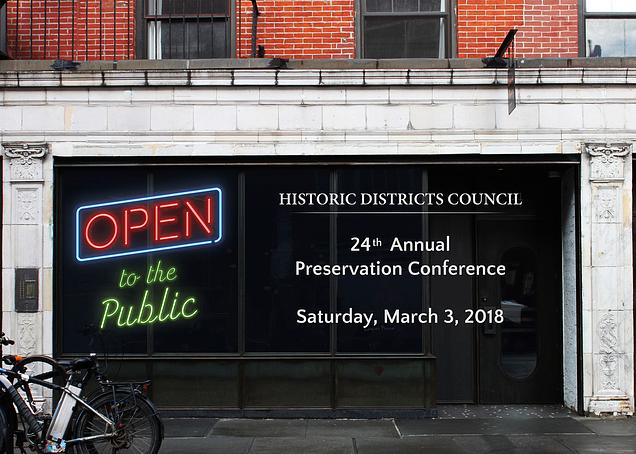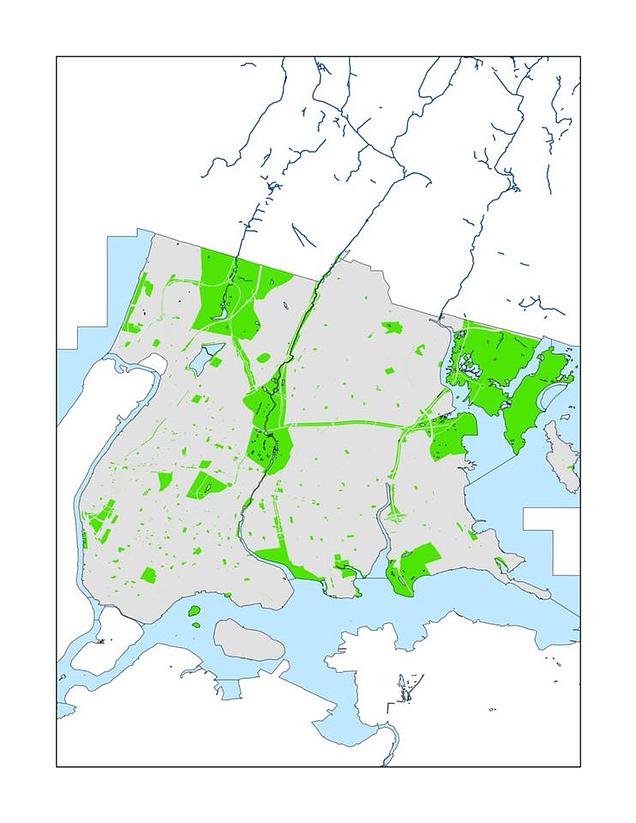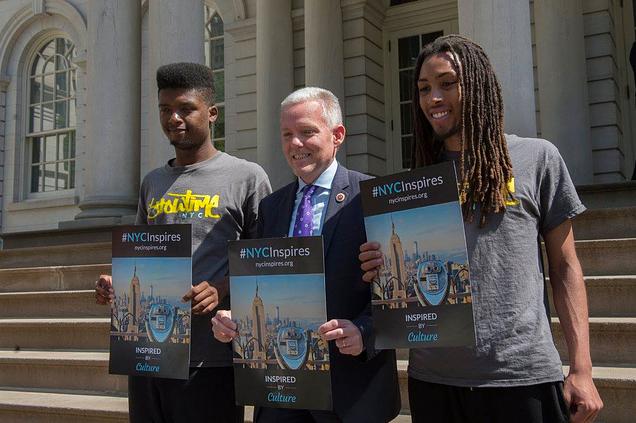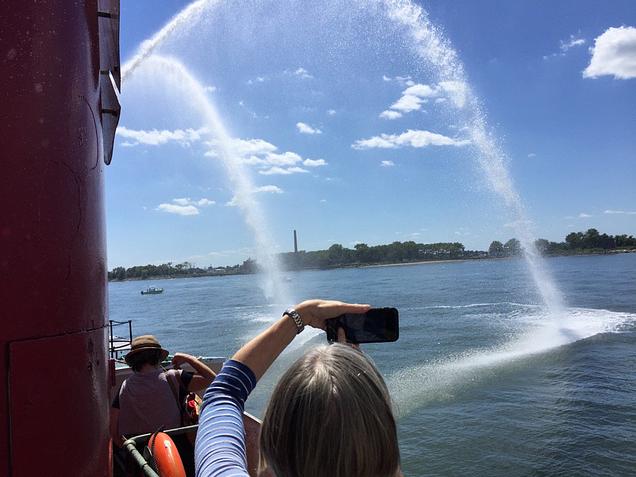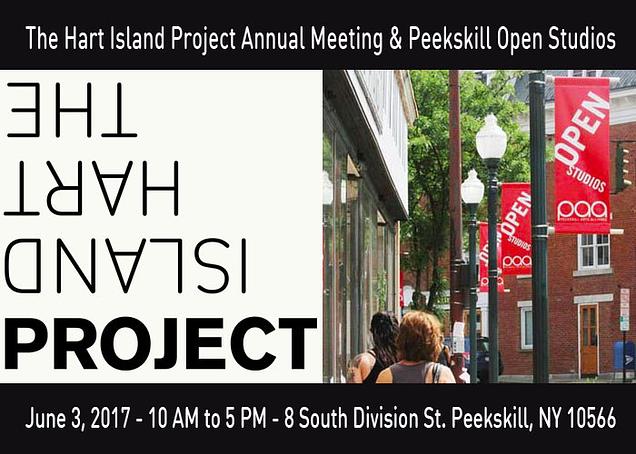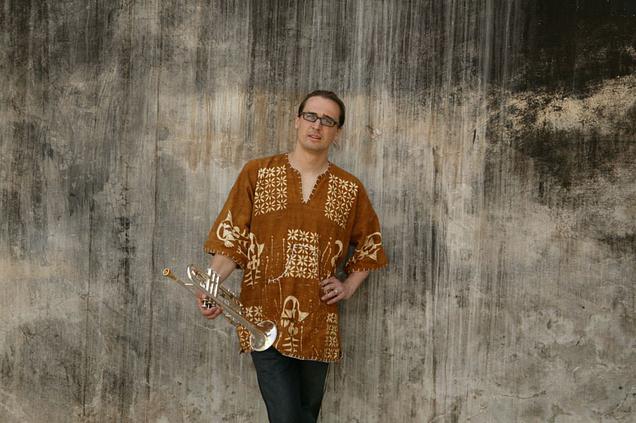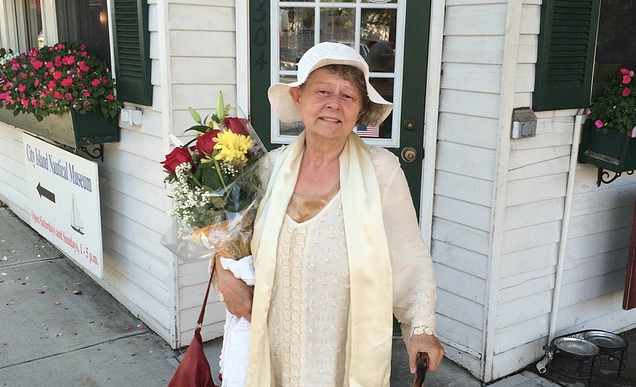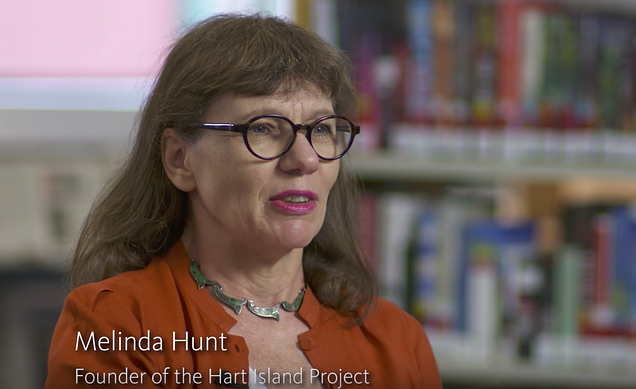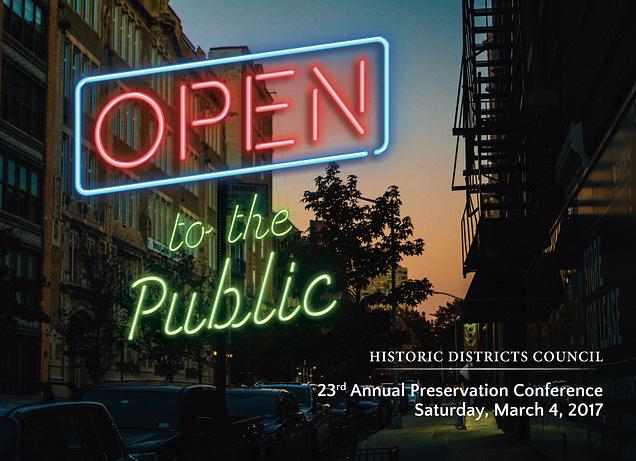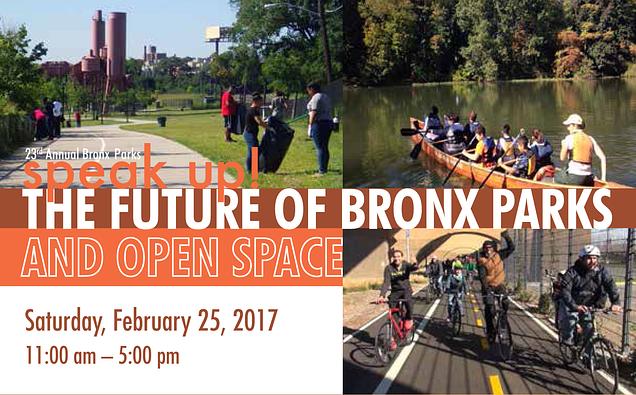City Cemetery on Hart Island is the largest municipal burial ground in the United States. Located in the Long Island Sound, just a stone’s throw from City Island, Hart Island was purchased by New York City in 1868 for the purpose of opening a Branch Workhouse for older boys from the House of Refuge on Randall’s Island. One hundred and fifty years later, young misdemeanants still bury unclaimed bodies in common graves at City Cemetery. Last year, around 1200 bodies were released for city burial by the Medical Examiner. Hart Island is the final resting place of over one million people and counting.
Formed in 2011 to raise awareness, support for family and friends of the buried, and access to records and maps, The Hart Island Project hosts a storytelling platform called the Traveling Cloud Museum. This award winning digital platform has made the burial process, which is largely unchanged since 1872, visible. The organization works to dispel popular misconceptions about Hart Island including a belief that New York City is running out of burial space.
This lecture and discussion will focus on how this historic burial process serves New Yorkers and explore its potential as a park and urban natural burial facility. Rich in history, Hart Island may hold the secret to a sustainable, ecological municipal burial practice.
